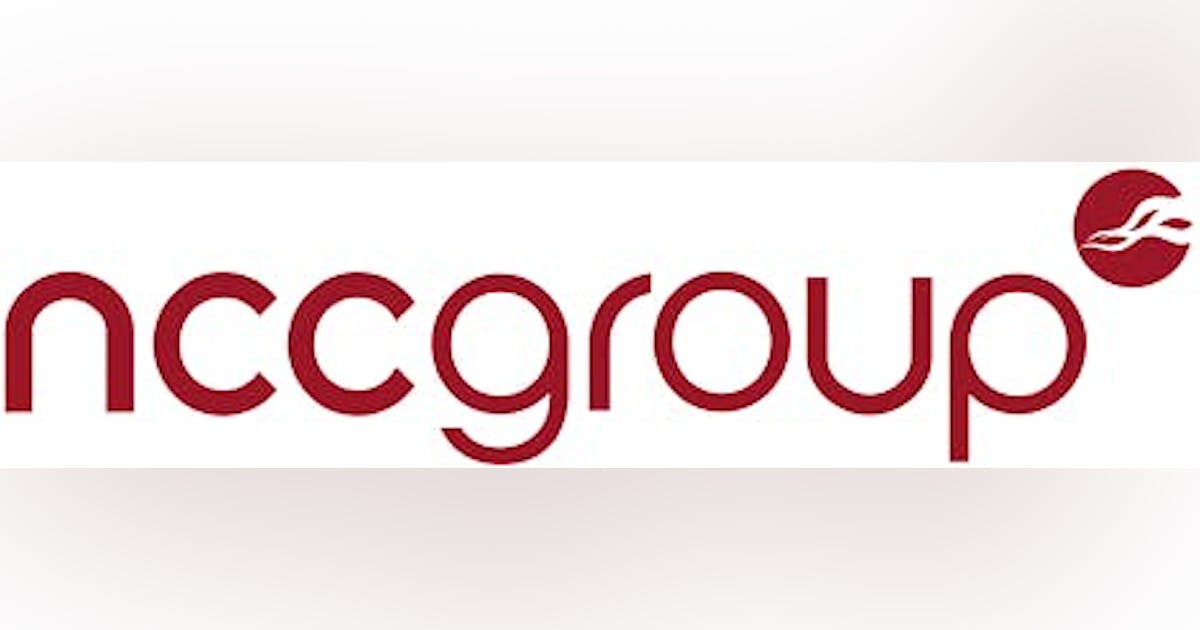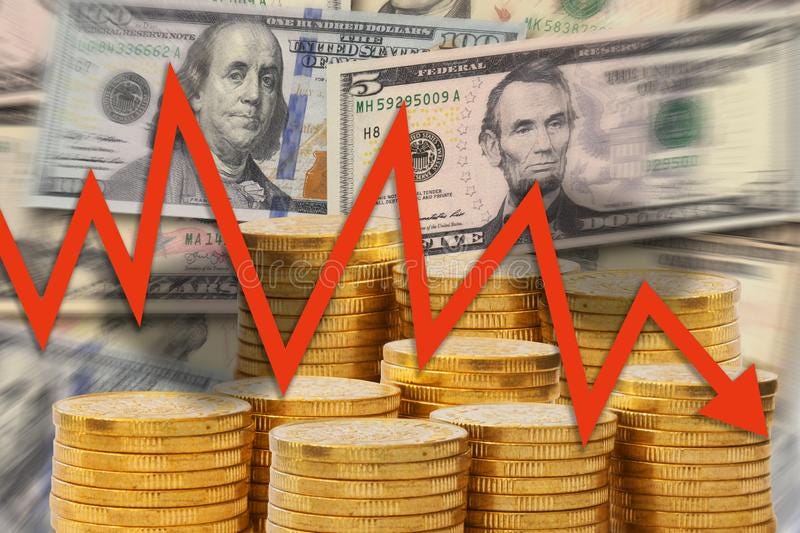Amount in crypto stolen via hacking fell in 2023 but number of cases on the rise
SINGAPORE – The amount of stolen cryptocurrency from hacking may have fallen globally in 2023, but the number of incidents has risen, a report by blockchain research firm Chainalysis said.
The firm on Jan 24 said global funds stolen via crypto hacking plunged by about 54.3 per cent to US$1.7 billion (S$2.3 billion) in 2023 compared with the year before.
However, the number of individual hacking incidents grew 5.5 per cent the same year to 231, from 219 in 2022.
Hacking refers to the unauthorised access, manipulation or exploitation of computer systems, networks or information.
The report said cryptocurrency hacking has become a pervasive and formidable threat that has led to billions of dollars stolen from crypto platforms and exposing vulnerabilities across the ecosystem.
The drop in the amount stolen via crypto hacking in 2023 is largely because of a fall in decentralised finance, or DeFi, hacking. DeFi refers to a new financial system where transactions are made peer to peer on public blockchains.
“Hacks of DeFi protocols largely drove the huge increase in stolen crypto that we saw in 2021 and 2022, with cyber criminals stealing US$3.1 billion in DeFi hacks in 2022. But in 2023, hackers stole just US$1.1 billion from DeFi protocols. This amounts to a 63.7 per cent drop in the total value stolen from DeFi platforms year over year,” said Chainalysis.
The fall in the value and number of DeFi hacks come as DeFi operators become better at smart contract security, the report said.
Smart contracts are self-executing contracts on the blockchain, with the terms of the agreement directly written into code.
Ms Mar Gimenez-Aguilar, lead security architect and researcher at Web3 and blockchain security firm Halborn, said in the report that the rise in security measures in DeFi protocols is a key factor in lowering the number of hacks linked to smart contract vulnerabilities.
“If we compare the top 50 hacks by value lost from 2023 with those from previous years, there is a reduction in losses from 47 per cent of the total to 18.2 per cent,” she said.
Ms Gimenez-Aguilar said price manipulation attacks remained almost constant, with around 20 per cent of the total value…



